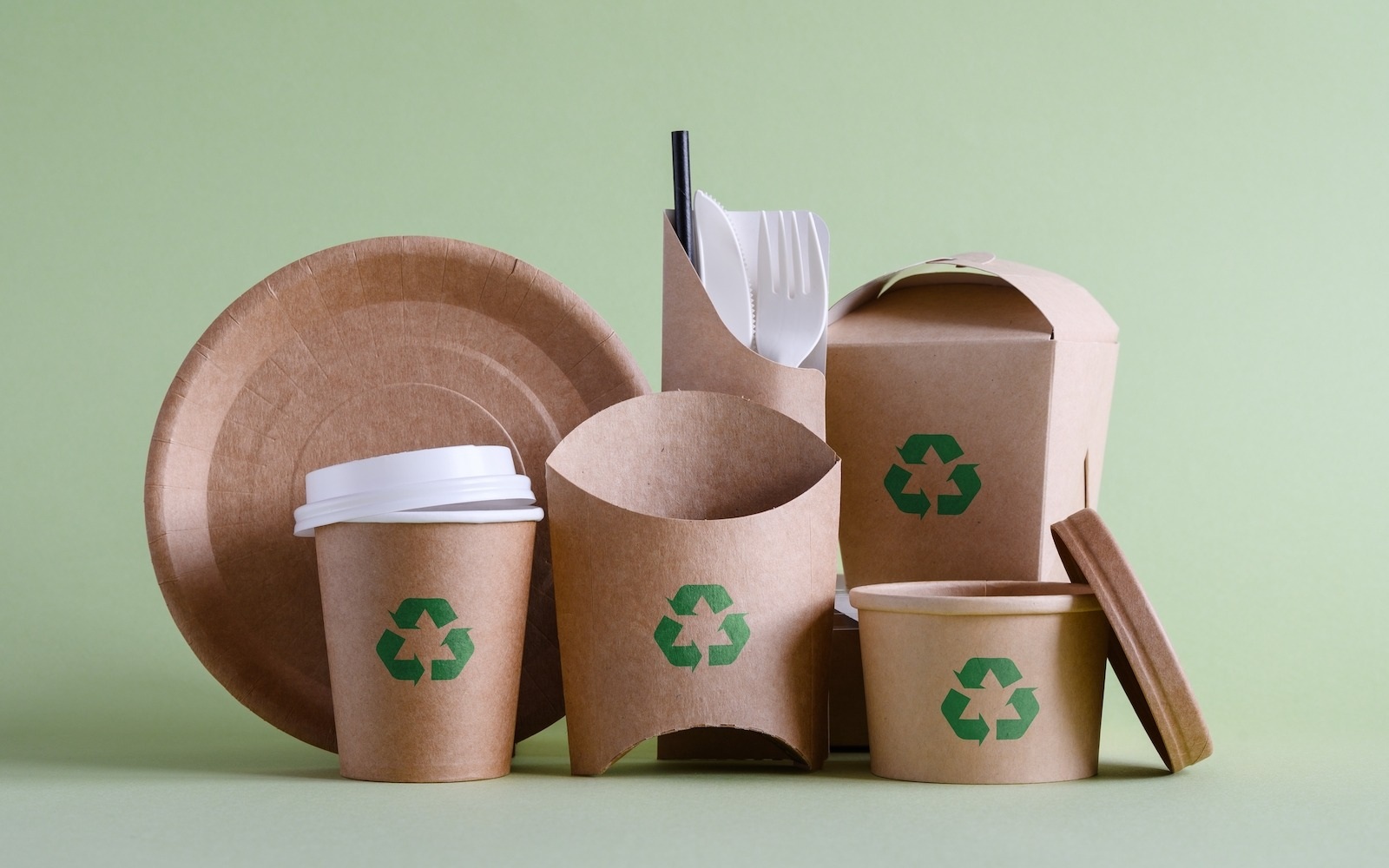
Is recyclable packaging truly beneficial for the environment? Absolutely! Recyclable packaging plays a crucial role in reducing waste and conserving natural resources. By reusing materials, we cut down on the need for new raw materials, which helps preserve forests and reduce pollution. This type of packaging also minimizes the amount of waste sent to landfills, which can take years to decompose. Plus, recycling often requires less energy compared to producing new products from scratch, leading to lower greenhouse gas emissions. Choosing recyclable options supports a sustainable future by promoting a circular economy where materials are continuously reused. Next time you pick up a product, check if the packaging can be recycled. Small choices can make a big difference in protecting our planet.
Understanding Recyclable Packaging
Recyclable packaging plays a crucial role in reducing waste and conserving resources. It helps minimize the environmental impact of packaging materials. Here are some interesting facts about recyclable packaging that highlight its importance and benefits.
-
Recyclable packaging reduces landfill waste. By using materials that can be recycled, less waste ends up in landfills, helping to conserve space and reduce pollution.
-
Glass is infinitely recyclable. Unlike many materials, glass can be recycled over and over without losing quality or purity, making it a sustainable choice for packaging.
-
Aluminum cans are highly recyclable. Aluminum is one of the most recycled materials, with a recycling rate of over 60%. Recycling aluminum saves 95% of the energy needed to produce new aluminum.
-
Paper and cardboard are widely recycled. These materials are among the most commonly recycled, with many communities offering curbside recycling programs for them.
-
Plastic recycling varies by type. Not all plastics are created equal. Some, like PET and HDPE, are more easily recycled than others, such as PVC and polystyrene.
The Environmental Impact of Recyclable Packaging
Recyclable packaging not only reduces waste but also has a significant impact on the environment. It helps conserve natural resources and reduce greenhouse gas emissions.
-
Recycling conserves natural resources. By recycling materials, we reduce the need to extract new raw materials, preserving natural resources like trees, water, and minerals.
-
Recycling reduces energy consumption. Producing new products from recycled materials often requires less energy than making them from raw materials, leading to lower energy consumption.
-
Recycling helps reduce greenhouse gas emissions. By using less energy, recycling reduces the carbon footprint associated with manufacturing and transportation.
-
Recycling supports a circular economy. In a circular economy, materials are reused and recycled, reducing waste and promoting sustainability.
-
Compostable packaging is an alternative to recycling. Some packaging materials are designed to break down naturally, reducing waste and returning nutrients to the soil.
Challenges and Innovations in Recyclable Packaging
While recyclable packaging offers many benefits, there are also challenges to overcome. Innovations in materials and processes are helping to address these challenges.
-
Contamination is a major challenge in recycling. When non-recyclable materials are mixed with recyclables, it can contaminate the entire batch, making it difficult to process.
-
Recycling rates vary by region. Different areas have different recycling capabilities and rates, affecting the overall effectiveness of recycling programs.
-
Biodegradable plastics are being developed. These plastics are designed to break down more easily, reducing their environmental impact.
-
Innovative materials are being created. Researchers are developing new materials that are easier to recycle or compost, such as plant-based plastics.
-
Packaging design is evolving. Companies are designing packaging with recycling in mind, using fewer materials and making them easier to recycle.
The Role of Consumers in Recyclable Packaging
Consumers play a vital role in the success of recyclable packaging. By making informed choices and properly disposing of materials, they can help improve recycling rates.
-
Consumers can reduce waste by choosing recyclable packaging. Opting for products with recyclable packaging helps support the recycling industry and reduce waste.
-
Proper disposal is key to effective recycling. Ensuring that recyclables are clean and sorted correctly helps prevent contamination and improve recycling rates.
-
Consumers can support companies that prioritize sustainability. By choosing products from companies that use recyclable packaging, consumers can encourage more businesses to adopt sustainable practices.
-
Education is crucial for improving recycling rates. Understanding what can and cannot be recycled helps consumers make better choices and reduce contamination.
-
Community involvement can boost recycling efforts. Participating in local recycling programs and initiatives can help improve recycling rates and promote sustainability.
The Green Path Forward
Recyclable packaging is more than just a trend; it's a necessity for our planet's future. By choosing sustainable options, we reduce waste and conserve resources. Every small step counts, from using biodegradable materials to supporting brands committed to eco-friendly practices. It's not just about recycling; it's about rethinking how we consume and dispose of products. The impact of these choices extends beyond our immediate environment, influencing global efforts to combat climate change. As consumers, we hold the power to drive demand for greener solutions. Businesses are listening, and many are innovating to meet this demand. Let's continue to push for change, making recyclable packaging the norm rather than the exception. Together, we can create a cleaner, healthier world for future generations. So, next time you shop, think about the packaging and choose wisely. Your choices matter more than you might think.
Was this page helpful?
Our commitment to delivering trustworthy and engaging content is at the heart of what we do. Each fact on our site is contributed by real users like you, bringing a wealth of diverse insights and information. To ensure the highest standards of accuracy and reliability, our dedicated editors meticulously review each submission. This process guarantees that the facts we share are not only fascinating but also credible. Trust in our commitment to quality and authenticity as you explore and learn with us.


